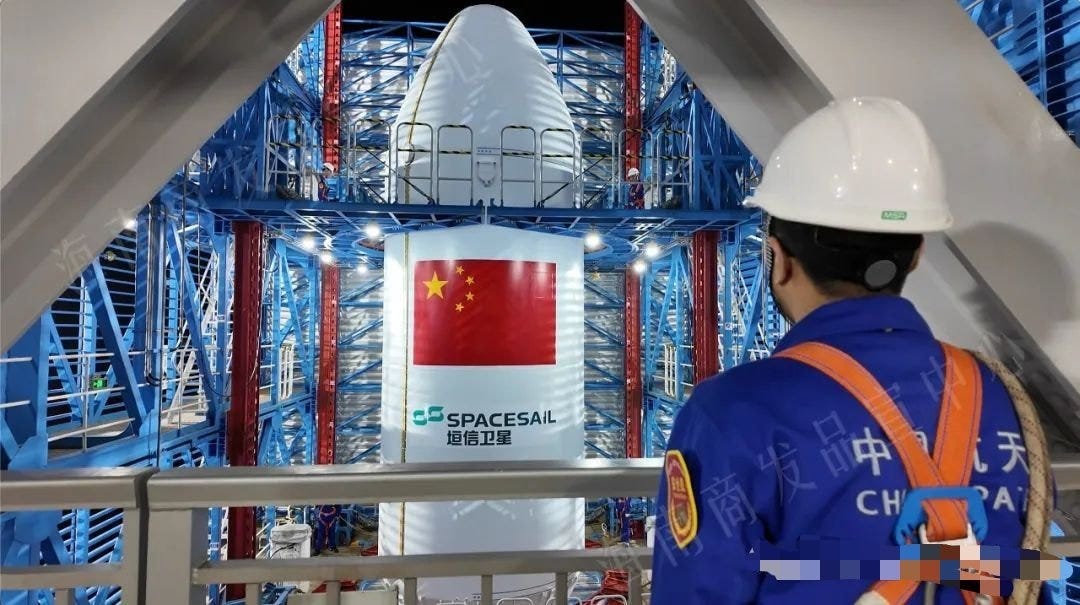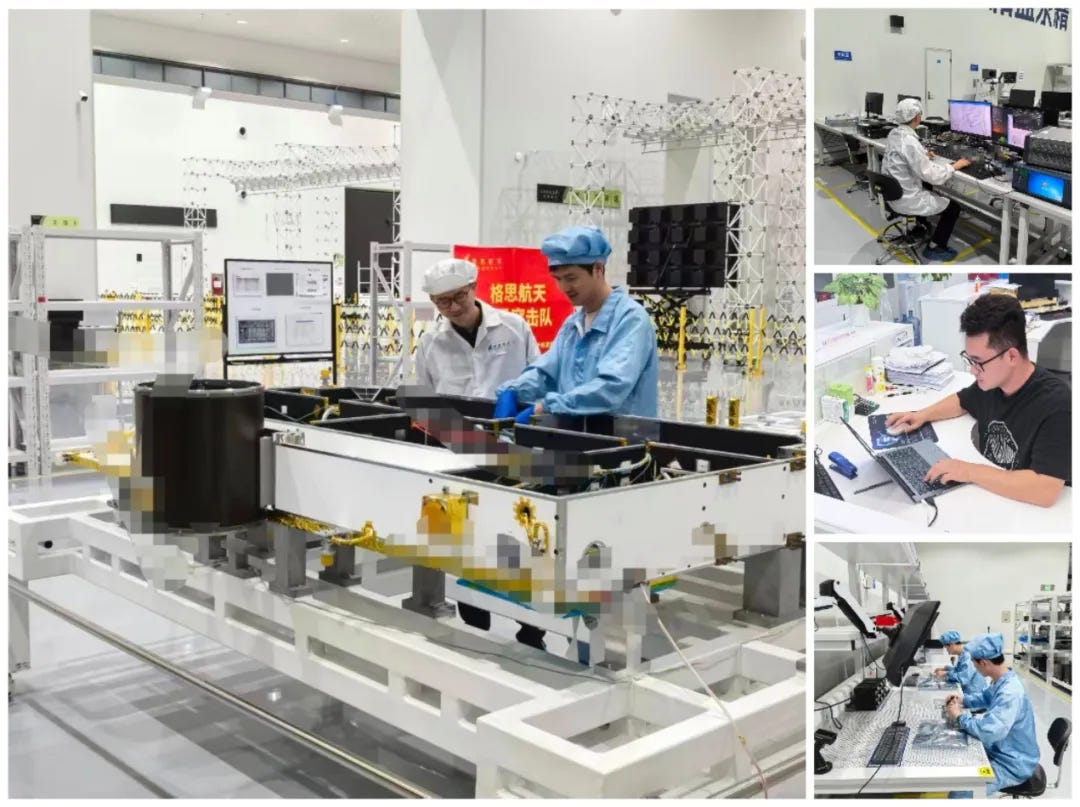Shanghai-Backed Qianfan Constellation May Be Nearing Return to Orbit
Technical issues may have kept the constellation grounded since March.

Qianfan (千帆), the Shanghai-backed internet providing mega-constellation, saw a rapid start to deployments in 2024, sending three groups of eighteen satellites into low Earth orbit before following up with two more launches to start 2025. But since March, for the constellations’ first Wenchang launch, deployments have stopped. So what’s behind the halt?
Following deployment, several of the satellites began to drift away from their targeted orbital plane and fell short of their operational orbit. Further analysis using ground-based telescopes later revealed that some of those satellites were tumbling too.
With some issues appearing with the constellation, launches have been on hold since March. It’s unclear exactly what has caused the issue of falling and drifting satellites, as no official update has been provided (while anonymous sources focus on launch availability).
Potential causes of spacecraft issues may be orbital debris or hardware failures. There is a chance that several satellites were hit by tiny debris that crossed their path toward an operational orbit, but that would be extremely unlikely for it to happen multiple times. A much more likely scenario is that the electric propulsion thrusters suffered from a failure, leading to a halt of orbital altitude raises, or onboard gyroscopes stopped functioning, resulting in tumbling spacecraft as orientation could no longer be held. With hardware failures, the lack of launches is probably indicative of a responsible troubleshooting process on the ground, through not littering Earth orbit via satellites that may fail.
As Qianfan failures have left the constellation on the ground, the Central Government-supported GuoWang (国网) network, aiming to provide a similar service, has almost caught up while remaining trouble-free. Before launches stopped earlier this year, Guowang was seventy-one satellites behind Qianfan; that gap has now been whittled down to four spacecraft.
However, recently, after months of no official word, the Innovation Academy for Microsatellites, Chinese Academy of Sciences (中国科学院微小卫星创新研究院) has provided some status updates about Qianfan satellites, through two short notes, on hardware eventually bound for launch. The first note may have some satellites close to a launch pad, not disclosing a launch site, with the academy writing:
“Comrades … from the First Science Branch successfully executed the launch mission1 for the Qianfan Polar-orbiting eighteenth satellite group at the launch site. They completed all designated tasks in the technical area according to established procedures, maintaining controlled process quality with no technical status changes or quality issues. Following testing by the technical area, the satellites were confirmed to be in stable condition and ready for transfer.”
Additionally, with the group being described as the eighteenth group for the Qianfan constellation, it’s possible that, despite technical issues on orbit, the Innovation Academy for Microsatellites has had sufficient confidence in other hardware systems to maintain production with retrofits afterwards. Although it’s unlikely that the academy is denoting the total number of satellites produced for the constellation, rather their contracted amount, meaning over two hundred satellites may be waiting for launch.
Meanwhile, the second note from the academy disclosed a more vague update, with the following:
“The Party Member Task Force of Enterprise Branch One remained steadfast on the front lines of production for the Qianfan Constellation Batch 032 satellites. They efficiently completed the single-machine delivery test, satellite installation status confirmation, final assembly, testing and other tasks, dynamically followed up the batch status, and were energetic and motivated, demonstrating efficient execution. This laid a solid foundation for the steady advancement of Batch 03 satellite delivery and the successful completion of the mission.”
If there are any problems with this translation please reach out and correct me.
It’s unknown when the Qianfan constellation may return to deployments, as that was not shared. A handful of launches have been booked with state-owned and privately developed launch solutions, with integration teams demonstrating a few times that pre-launch preparation can be conducted in a few weeks (which may be underway, according to the first note). With some luck, Qianfan may be headed to orbit again at least once before the year ends.
This does not refer to the recent launch of satellites, but rather to testing conducted.



